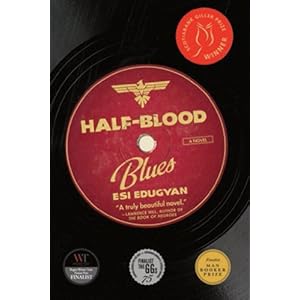Basically, as far as Madame Thouret was concerned it was a disgraceful thing to get oneself murdered in an alleyway off the Boulevard Saint-Martin. She had planned her life in every detail, and not only her own life but also that of her family, and murder had no place in her scheme of things, especially this murder, with the corpse wearing brown shoes and a tie that might almost be described as red!
Maigret and the Man on the Boulevard, by Simenon, was my very first Maigret, and I was surprised and pleased to find that there were many similarities thematically to Simenon's romans durs that I've come to know and admire.
It is definitely a more traditional mystery novel — crime committed, police investigate, criminal apprehended.
It happpens that this murder victim had been living a double life. Although he'd lost his job almost three years previously, every morning he dressed and caught the train as if to go to work, and his wife was never the wiser. The wife was very much about keeping up with Joneses, and the man, despite his gripes and what may or may not have been unhappiness, somewhat ironically went to great lengths to keep up appearances.
My feeling is that while in the romans durs the reader faces existential angst from the inside, here Maigret observes it in others from a more tolerable distance. It's altogether softer.
In the old days he had been particularly struck, even one might say romantically stirred, by the sight of those who, discouraged and defeated, had given up the struggle, being swept along will nilly by the great, surging tide of humanity.
Since then, he had come to know many such people, and it was no longer them whom he most admired, but rather those just one step above them on the ladder, who were clean and decent and not in the least picturesque, and who fought day in and day out to keep their heads above water, or to nurture the illusion, or perhaps the faith, that they were alive and life was worth living.
This passage in particular has had the effect of making Simenon somewhat less dark in my eyes, less obsessive, more human, and easier to stomach, as a writer and as a person.
I don't see myself working through the entire Maigret catalogue (well, you never know...), but I do see how the occasional title might serve as a welcome antidote to Simenon's grittier work.









